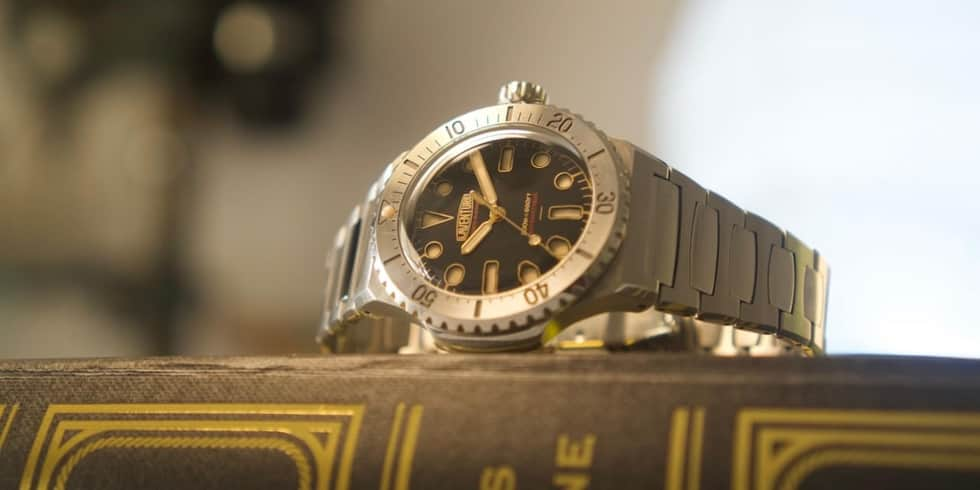
Introduction
Style stalls when we chase “new” instead of building a system. This guide helps you assemble a 30‑piece capsule that fits your life, your climate, and your calendar. You’ll set simple rules, measure cost per wear, and build a lookbook that turns getting dressed into a 60‑second decision. The result: fewer impulse buys, more compliments, zero wardrobe angst.
1) Choose your anchors (15 minutes)
Pick 3 adjectives and 3 colors that define your lane.
-
Adjectives: e.g., clean, relaxed, tailored.
-
Colors: two neutrals (navy, black, gray, tan) + one accent (olive, burgundy, cobalt).
-
Silhouette: slim, straight, or relaxed.
These anchors control every purchase and prevent drift.
2) Draft your 30‑piece map (20 minutes)
Use this default and tweak by climate/work:
-
Tops (8): 3 tees, 2 shirts, 1 knit, 1 statement top, 1 seasonless layer.
-
Bottoms (6): 2 tailored trousers, 2 denim, 1 relaxed pant, 1 skirt/alt.
-
Dresses/Jumpsuits (3): day, work, dressier.
-
Layers (4): blazer, lightweight jacket, cardigan, coat.
-
Shoes (5): minimalist white/black sneaker, leather loafer/boot, dress shoe/heel, weather pair.
-
Wildcards (4): trend/color pops you’ll actually wear.
The mix should cover work, casual, and events without orphans.
3) Fit is king (30 minutes + tailor drop‑off)
-
Try everything. Keep only items that sit right in the shoulders, seat, and rise.
-
Make a Tailor Ticket: sleeve 1–2 cm, hem to break, taper legs slightly.
-
One quality alteration > three new mediocre items.
4) Fabric rules that last
Pick the workhorse blends that survive the week:
-
Year‑round: cotton twill, merino, wool‑blend suiting, TENCEL™/lyocell, ponte.
-
Hot: linen blends, poplin, open‑weave knits.
-
Cold: flannel, cashmere/merino, lined outerwear.
Care beats cost: de‑pill knits, cedar blocks for wool, fold heavy knits (don’t hang).
5) Cost‑per‑wear math (10 minutes + sheet)
Create a column for Price, Planned Wears, Cost per Wear (CPW).
-
Formula:
=Price / Planned_Wears -
Aim for CPW ≤ $3 on staples; allow higher CPW for special‑event pieces.
-
Re‑rank your wishlist by CPW—buy the lowest CPW first.
6) Outfit formulas you can rinse‑repeat
Use 6 formulas to cover 90% of days:
-
Smart Casual: knit tee + tailored trouser + blazer + clean sneaker.
-
Creative Office: statement top + dark denim + loafer.
-
Monochrome: tonal shirt + matching pant + texture‑rich layer.
-
Weekend: tee + relaxed pant + overshirt + retro runner.
-
Event: column dress/jumpsuit + structured jacket + heel/boot.
-
Cold‑proof: fine knit + wool trouser + long coat + boot.
7) Build a lookbook (30 minutes)
-
Try on and snap front/side pics for 20–30 outfits.
-
Store in a folder labeled by formula and context (“Client”, “Weekend”, “Date”).
-
Add notes: “swap sneaker → boot for rain”, “add scarf for color”.
8) The one‑in/one‑out rule (ongoing)
When you add, remove something similar.
-
Prevents bloat.
-
Forces you to buy upgrades, not duplicates.
-
Keeps the capsule at 30 without “closet guilt”.
9) Shopping guardrails (15 minutes)
-
Wishlist window: add then wait 14 days.
-
Three‑ways test: can it make three outfits using what you own?
-
Return policy check: no try, no buy.
-
Materials audit: if it’s itchy in‑store, it’s a no at home.
10) Weekly refresh (20 minutes, Sundays)
-
Lint roll, de‑pill, steam two items for the week.
-
Pre‑stage five outfits on hangers.
-
Move rarely worn items to the front for one week trial—if still unworn, list for resale.
11) Seasonal tune‑up (60–90 minutes, quarterly)
-
Box off‑season items; label by category and color.
-
Review CPW; sell high‑value pieces you’re not wearing.
-
Add ≤3 seasonal swaps (e.g., linen shirt, waterproof boot).
12) Pitfalls (and fixes)
-
Trend traps: keep trends in the wildcard bucket only.
-
Color chaos: stick to your 3‑color map; add accents via accessories.
-
Duplicate defaults: you don’t need a third black tee. Upgrade fabric instead.
The compounding effect
The capsule compounds on clarity: each good piece multiplies your outfit options, lifts ROI via CPW, and eliminates “nothing to wear.” Run the system for four weeks—you’ll spend less and look better.
Bottom line: Dress like a decision you made once. A 30‑piece system gives you speed, consistency, and style you can count on.

